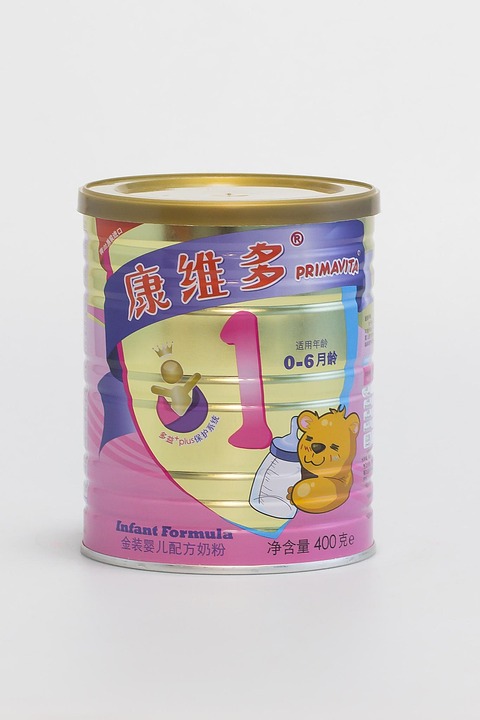Introduction
Milk powder, also known as powdered milk, is a dairy product made by evaporating milk to dryness. This process involves removing the water content from milk to create a shelf-stable product with a longer lifespan. Two common methods used to produce milk powder are spray drying and evaporation. In this report, we will delve into the detailed processes involved in making milk powder through spray drying and evaporation, as well as explore the industry insights and key players in the milk powder manufacturing sector.
Spray Drying Process
Overview
Spray drying is a widely used method in the food industry for producing milk powder. The process involves atomizing liquid milk into small droplets and then evaporating the moisture to obtain the powdered form. Spray drying is preferred for its efficiency in producing fine, free-flowing powder with good solubility.
Steps Involved
1. Atomization: The first step in the spray drying process is atomizing the liquid milk into tiny droplets. This is usually done using a high-pressure nozzle or rotary atomizer.
2. Drying: The atomized milk droplets are then introduced into a drying chamber where hot air is passed through to evaporate the moisture. The milk droplets quickly dry and form small powder particles.
3. Collection: The dried milk powder is collected from the drying chamber and passed through a cyclone separator to remove any remaining moisture or fine particles.
4. Packaging: The final milk powder is then packaged into bags or containers for distribution and sale.
Evaporation Process
Overview
Evaporation is another common method used in milk powder production. This process involves heating the milk to remove the water content slowly. Evaporation is typically used for producing high-quality milk powder with a rich flavor.
Steps Involved
1. Preheating: The milk is preheated to a specific temperature to prepare it for evaporation.
2. Evaporation: The preheated milk is then heated further in an evaporator to remove the water content gradually. The evaporated water is condensed and removed, leaving behind concentrated milk.
3. Drying: The concentrated milk is further dried using spray drying or roller drying techniques to produce the final milk powder.
4. Packaging: Similar to the spray drying process, the dried milk powder is packaged for distribution and sale.
Industry Insights
Market Trends
The global milk powder market is experiencing steady growth due to the increasing demand for convenient and shelf-stable dairy products. The market is driven by the rising consumption of milk powder in various food applications, including bakery, confectionery, and infant nutrition.
Key Players
Some of the leading companies in the milk powder manufacturing sector include Nestle, Danone, Fonterra, Arla Foods, and Lactalis. These companies have a strong presence in the global market and offer a wide range of milk powder products to meet consumer demand.
Financial Data
Revenue and Production Volume
According to market research reports, the global milk powder market was valued at $27.3 billion in 2020 and is projected to reach $37.4 billion by 2025, growing at a CAGR of 6.5% during the forecast period. The production volume of milk powder is estimated to be around 1.5 million metric tons annually.
Cost Analysis
The cost of producing milk powder varies depending on factors such as raw milk prices, energy costs, and processing equipment. The main cost drivers include milk procurement, processing, packaging, and distribution. Companies strive to optimize their production processes to reduce costs and improve profitability.
In conclusion, milk powder production involves intricate processes such as spray drying and evaporation to create a versatile dairy product with a long shelf life. The industry is witnessing growth due to changing consumer preferences and the demand for convenient dairy products. Leading companies in the sector are investing in innovation and technology to meet market demands and drive profitability.



